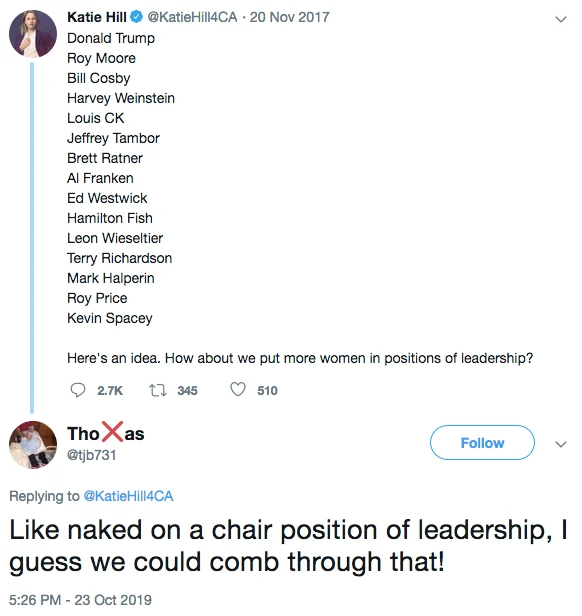For decades, environmental protection schemes have usurped common sense. For example, most fire ecologists say that the surest way of preventing massive forest fires is to use prescribed burns. ... Prescribed burns keep forests healthy by burning up the underbrush that accumulates on the forest floor and by thinning trees. ... Despite scientific evidence, the federal government continues spending more money on fire suppression than prescribed burns. The Forest Service has performed prescribed burns on an average of 2,187,64 2 acres a year for the past ten years, according to the National Interagency Fire Center. This means the Forest Service has only performed prescribed burns on 11.3 percent of the land they manage. ...
President Bill Clinton introduced a rule that restricted the construction of new roads on 49 million acres of national forest. This limited the ability of the Forest Service from thinning trees. In 1993, 1,797,574 acres of wildlands burned, but in 2017 this number jumped to 10,026,086 acres. From 1960 to 1990, 10.3 billion board feet of timber were removed from federal forest land each year. From 1991 to 2000 that numbered dropped to 2.1 billion board feet of timber per year. ...
When trees are too close together, they fight for resources. Many of the trees are weakened and become more susceptible to disease and insect infestation. These conditions turn entire forests into tinder boxes.

















































